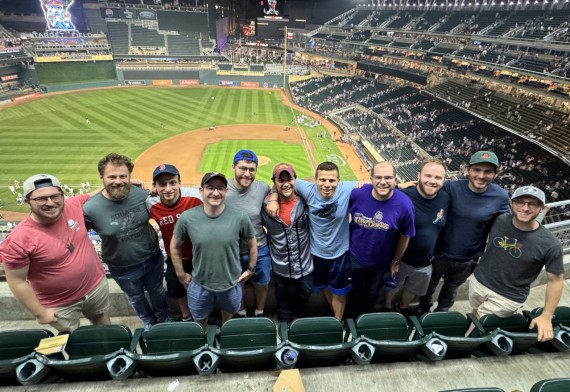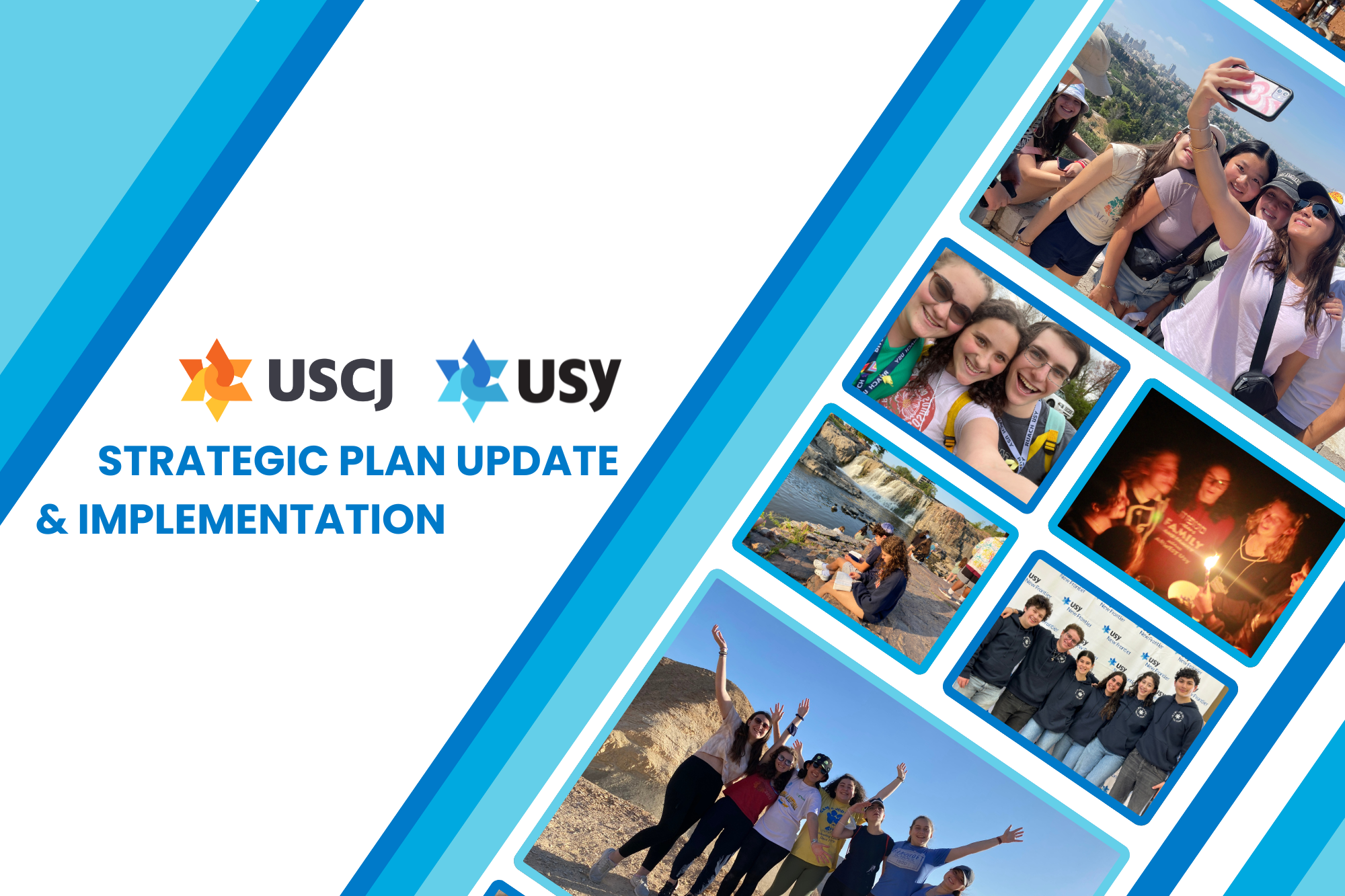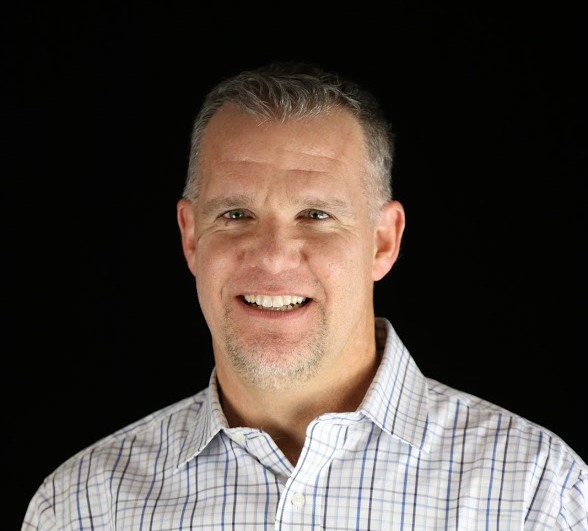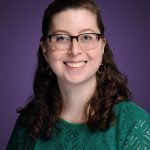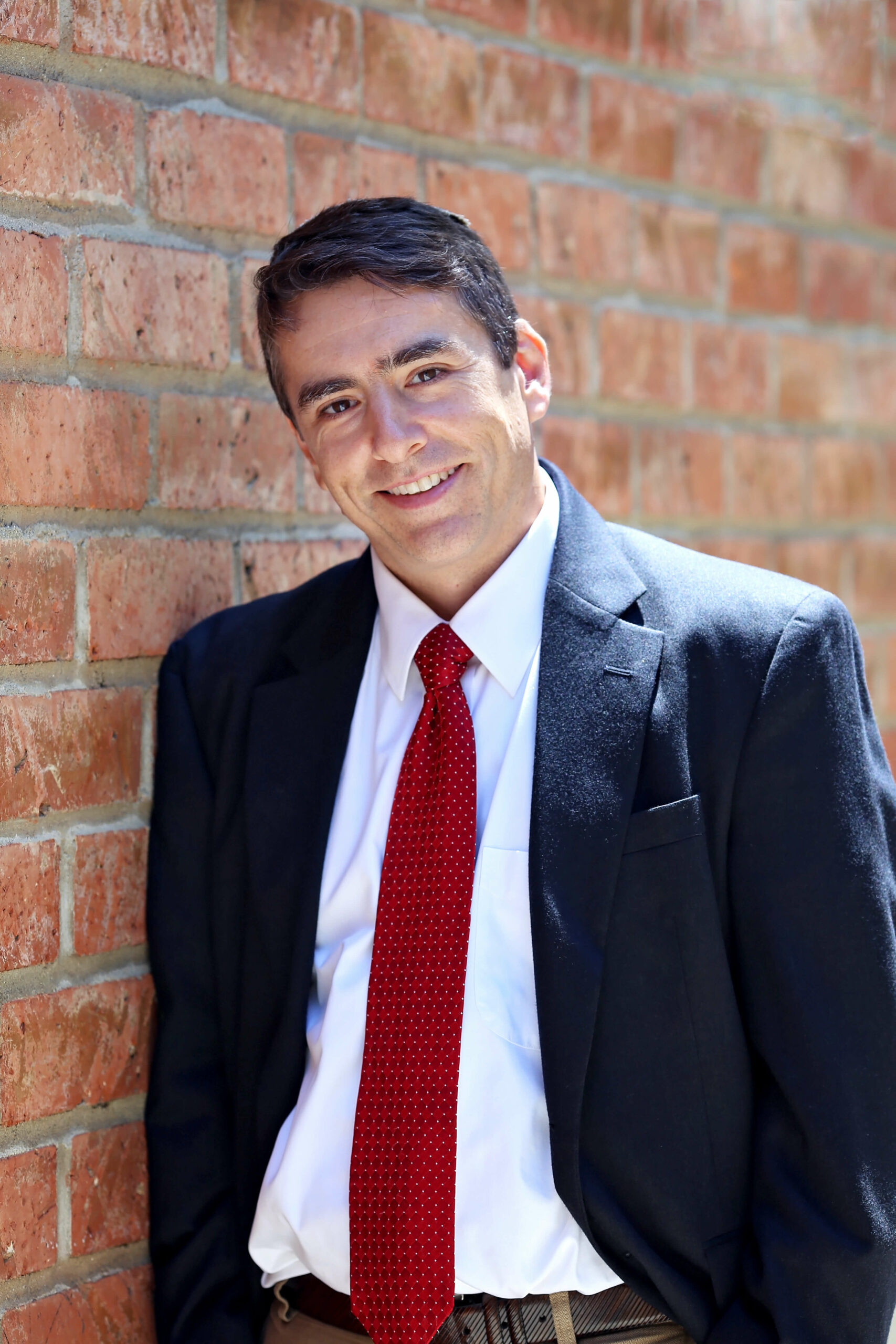
In 2018, Temple Beth Am of Los Angeles, CA, in partnership with USCJ, hosted the first Kol Tefilla Shabbaton, in which representatives from synagogues across the US gathered to discuss and create a new type of prayer service. It was incredibly successful and well-received. Now in its third year (taking place from January 31st to February 2nd in Los Angeles, CA), and open to rabbis, synagogue leaders, and anyone who is interested in experiencing and implementing innovative prayer, Kol Tefilla has really come into its own.
We asked Rabbi Adam Kligfeld of Temple Beth Am, which will again host Kol Tefilla Shabbaton experience, about the significance of the program and why he’s looking forward to its third year.
Q. What does the Kol Tefilla program mean to you and why should other rabbis attend?
A. Kol Tefilla brings together, in immersive and concentrated ways, some of the best and most inventive ways that prayer and niggunim (tunes) are being shared and experienced in Jewish communities across the country. There is power in collegiality. Synagogue leaders, both professional and lay, often toil in a sense of isolation, and the burden can be heavy. It is uplifting to be surrounded by fellow practitioners, sharing best practices, new ideas, general support, and encouragement…all suffused by the music, spirit, and rhythm that pervades the Kol Tefilla weekend. When you come to Kol Tefilla (known internally at Beth Am as KT 3.0), I predict you’ll leave with 3 practical ideas, 5 new niggunim, 7 new approaches to delivering/teaching prayer-life in your community, and dozens of new peers who are as committed as you are to this spiritual rebirth in our congregations. All in one sunny and warm weekend in the middle of winter.
Q. How can rabbis bring back or use elements of Kol Tefilla to their own congregations?
A. Our congregation is proud to have created Kol Tefilla which gives it added meaning. And, yes, even as the proud host community, for the third year in a row, our own Beth Am prayer life has been enriched by other approaches and presenters that have shared their magic with us at the previous two Kol Tefilla conferences. One shining example is Kirtan, an eastern-based chanting tradition/ritual that a presenter at the first Kol Tefillah, Eliana Light, brought as a new way of experiencing the recitation of the Shema. Since then, we have brought that mode into several different prayer and prayer-adjacent experiences, to great effect. Plus, just on a level of tunes themselves, the building is abuzz with them all weekend. So much so that you know that there is no way to keep them all in your mind. But some of them really stick, and have continued to inform the musical culture of our shul in the aftermath of the conference.
Q. Why is presenting new kinds of elevated prayer important to you/your congregation? How do these experiences have a special impact?
A. Prayer can get stale and boring over time, for those who attempt it infrequently, and thus who are out of practice. But also for those who engage in it regularly, who might be a little too practiced. The rabbis of the Talmud struggled with this conundrum: how to make prayer sufficiently fixed such that all Jews could share in it in some powerful, bonding communal way, while also having it experience its own regeneration so that it is real and meaningful to the supplicant in that very moment. Without input from new sources, one’s own prayer experience and leadership can suffer. Kol Tefilla reawakens those muscles and impulses.
More information and registration details on Kol Tefilla, can be found here.
Featured in photo: Rabbi Adam Kligfeld, Temple Beth Am

